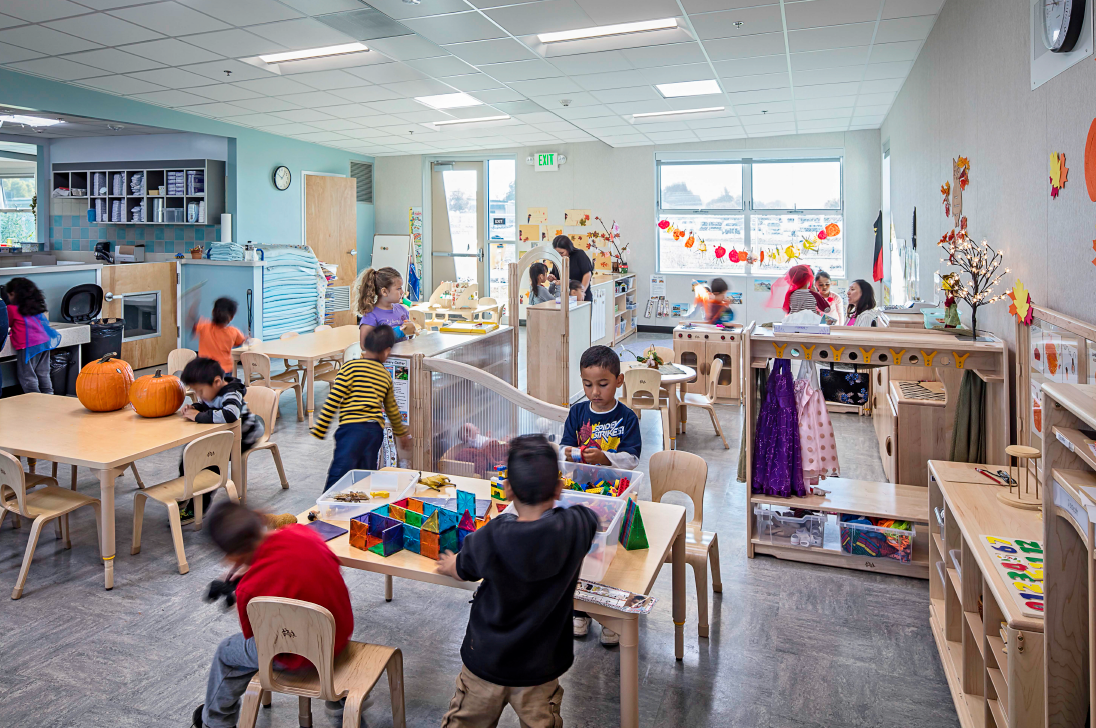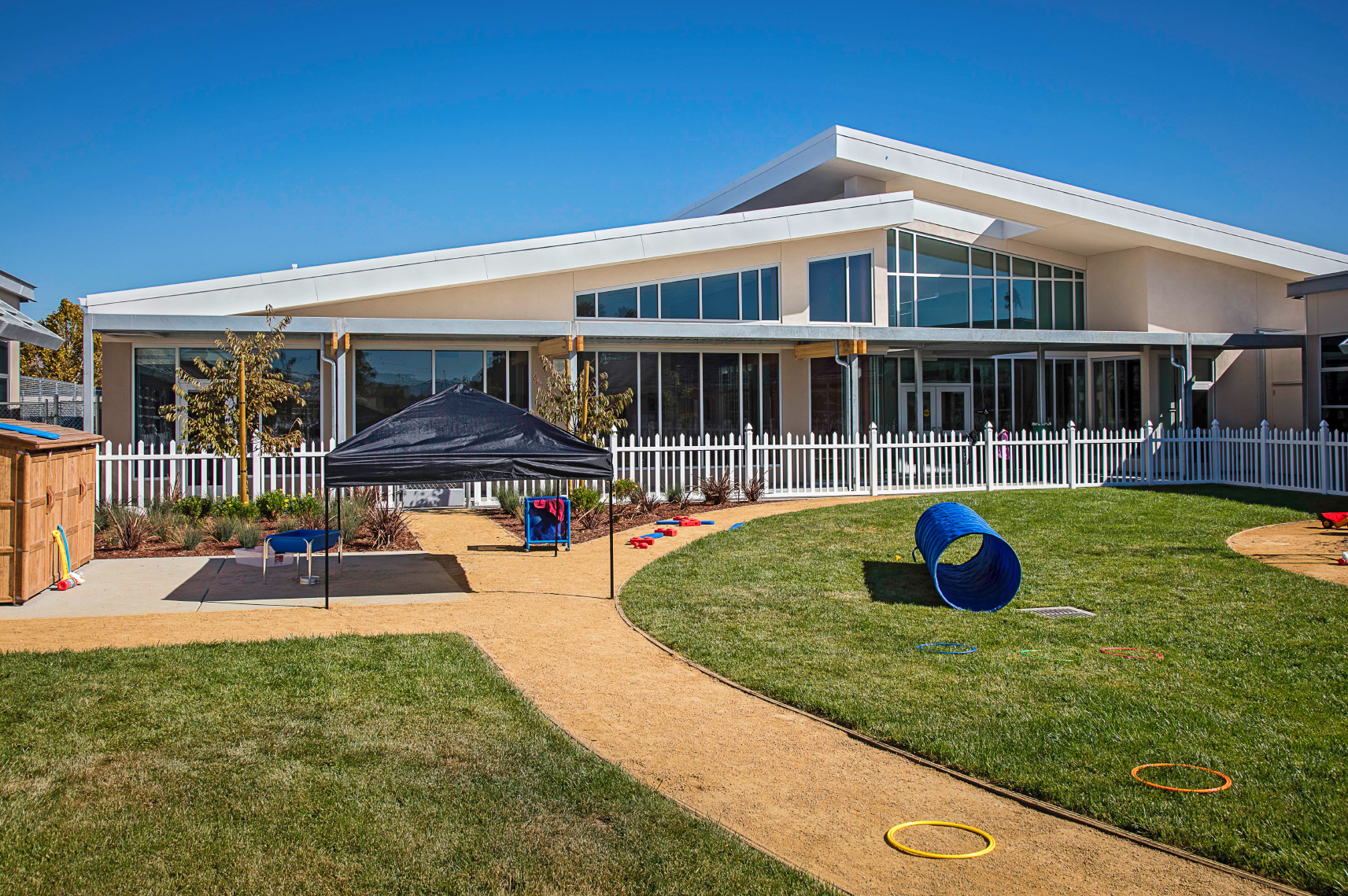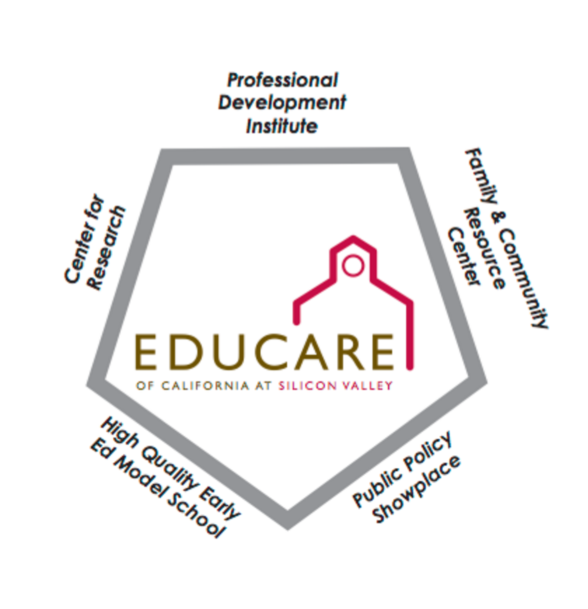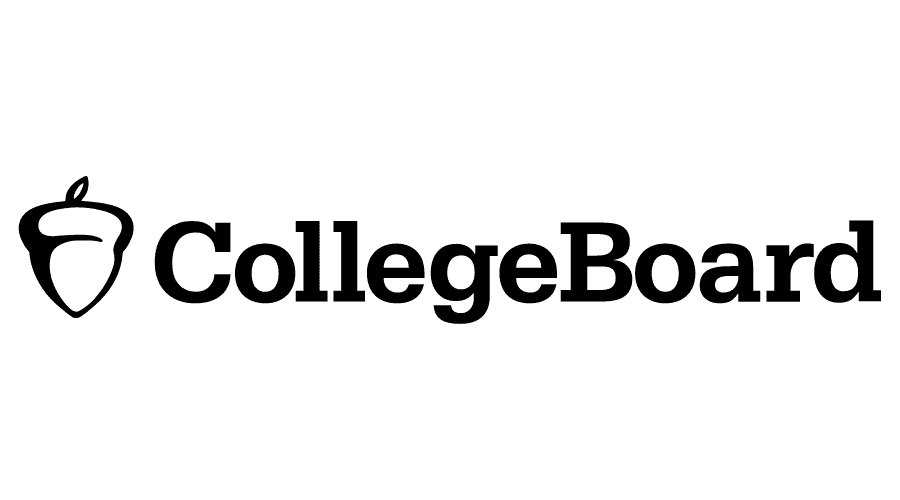
Educare California at Silicon Valley
Santa Clara County Office of Education
Educare California at Silicon Valley (ECSV) is partnering with the Santa Clara County Office of Education to bring early learning opportunities to 168 children in Santa Clara County.
ECSV features 12 state-of-the-art classrooms staffed by a team of three teachers, including a lead teacher with a bachelor’s or master’s degree and an early learning background.
Opened in September 2015 in a brand new 28,000-square-foot facility, ECSV was formed by a public-private partnership that includes the Santa Clara County Office of Education, First 5 Santa Clara County, First 5 California, East Side Union High School District, Franklin-McKinley School District, the David and Lucile Packard Foundation, Silicon Valley Leadership Group and more than two dozen other foundations and public institutions.
ECSV is the 21st and newest facility in the Educare network of early learning schools across the country designed for low-income children and their families.
The Educare model grew out of research showing the importance of quality early education to improving K-12 student outcomes.
Studies show that the learning gap for low-income children can begin as early as nine months of age. Early language skills, as well as social-emotional development and school readiness indicators, are strong predictors for school success.
“Changing the first five years changes everything,” says a statement on the ECSV website. “We know what works to close the achievement gap: high quality, intensive education interventions in early childhood delivered by skilled, trained teachers.”
ECSV is the 21st and newest facility in the Educare network of early learning schools across the country designed for low-income children and their families.
The Educare model grew out of research showing the importance of quality early education to improving K-12 student outcomes.
Studies show that the learning gap for low-income children can begin as early as nine months of age. Early language skills, as well as social-emotional development and school readiness indicators, are strong predictors for school success.
“Changing the first five years changes everything,” says a statement on the ECSV website. “We know what works to close the achievement gap: high quality, intensive education interventions in early childhood delivered by skilled, trained teachers.”
Educare schools take evaluating student outcomes seriously. Ballesteros said ECSV’s lead local evaluator is the Education Development Center’s Dr. Gary Resnick, a nationally recognized expert in child development and program evaluation. Dr. Resnick attends ECSV’s monthly parent meetings and monthly teacher professional development meetings.
Nationally renowned researchers from the Frank Porter Graham Child Development Institute (FPG) at the University of North Carolina at Chapel Hill, have been tracking program quality and child and family outcomes at all Educare schools. ECSV’s local evaluator partner works closely with FPG and will lead the longitudinal study of ECSV’s participation that begins 2016-17, ECSV’s second year.
“We hold the belief that we’re a program in continuous improvement,” Ballesteros said. “We’re always asking, ‘What’s next? What more can we do?’”
Independent studies of other Educare programs going back to 2005 show that children who start Educare between birth and age two scored near national averages on measures of school readiness, even when controlling for risk factors.
The goal of ECSV is to improve the quality of care and instruction at sites beyond its own walls, including K-12 schools. By starting with their youngest children, educators hope to level the playing field by helping children enter kindergarten with the skills they need to succeed.
Jon R. Gundry, Santa Clara County Superintendent of Schools, said, “We know that the best strategy for addressing the achievement gap is to prevent the gap from ever forming, and the way to do that is through high quality early learning.”
Gundry said ECSV is an example “of what is possible when early education is done well and properly funded.”







